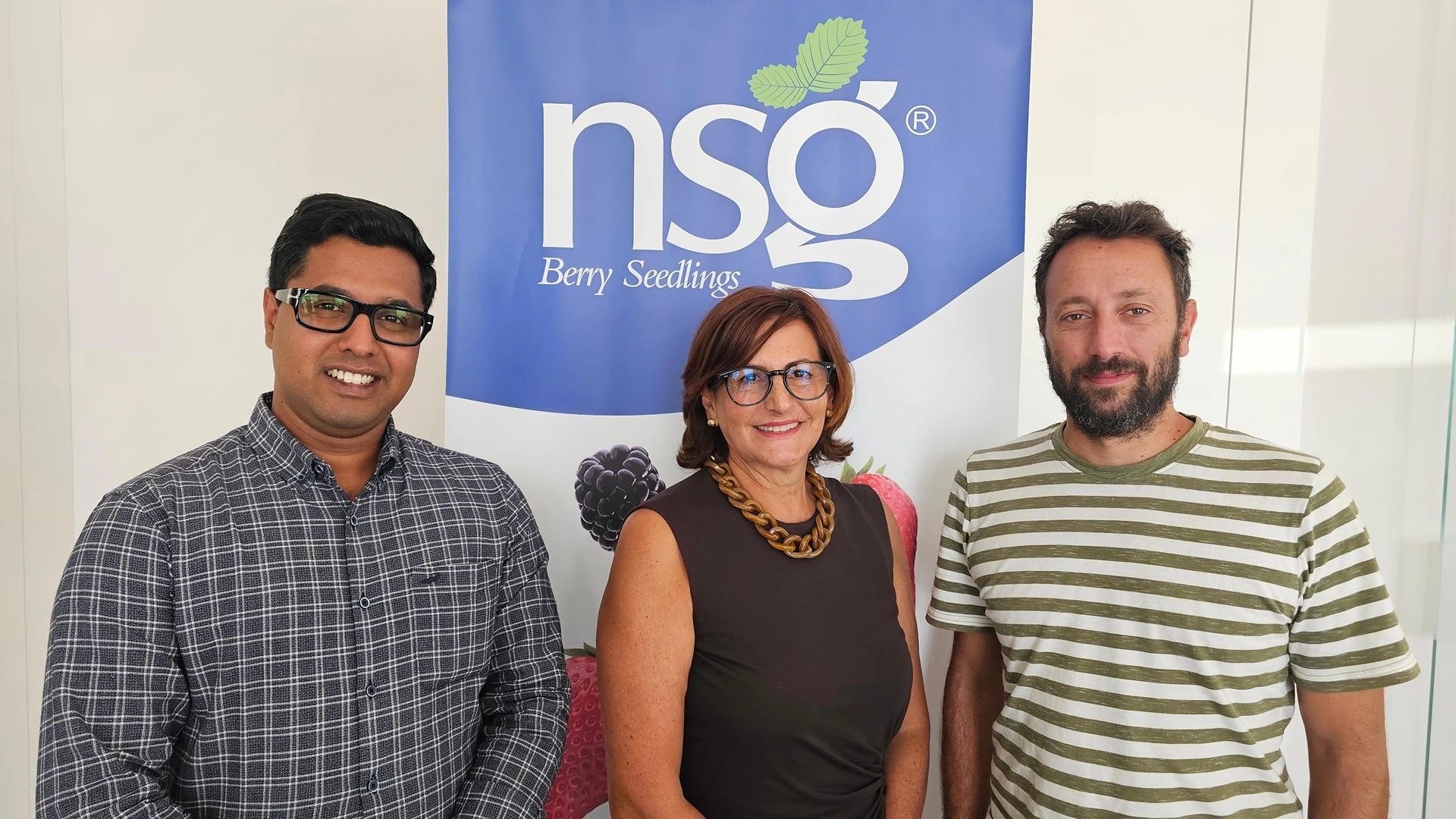Quite a few international companies reported their first commercial harvests in Egypt this year, marking what may be an inflection point for growth in the industry which is mostly comprised of farms in close proximity to the River Nile, between Cairo and Alexandria. Two of the leading players in this emerging industry include a U.S.-headquartered group that is part of a fast-growing global genetics program, and a South American-owned company with Australian-bred genetics, but practically every major globally-focused blueberry company has a presence of some sort.
Despite the flurry of activity that is taking place there, stakeholders are keeping their cards close to their chests in terms of revealing the extent of their trials or plantings, and it is a challenge to pinpoint the total surface area planted or volume. It has been observed that prior to the last couple of years, most projects were no larger than 5-8ha, but that appears to be changing in an aggressive way.
Rapid expansion and production
| Year | Hectares planted |
|---|---|
| 2020 | 40 |
| 2021 | 60 |
| 2022 | 80 |
| 2023 | 106 |
| 2024 | 250 |
| Year | Production (MT) |
|---|---|
| 2022 | 120 |
| 2023 | 140 |
| 2024 | 700 |
Market strategy and outlook
It is believed the country’s season, once more fully developed, would largely mimic that of Morocco regarding timing; the goal for one investor in Egypt (which has a similar latitude to Agadir in Morocco) is to achieve peak production in February. Despite its similar latitude to Morocco, the industry would have the potential to cater to different markets given that along the coast the distance from Alexandria to Agadir is roughly 5,000km.
That said, interest in Egypt from Europe is high and the very limited volume exported to date has been spread across the UK, Netherlands, France and Malaysia, among others.
Conditions and domestic market
It has been asserted that Egypt has preferable water availability to Morocco, where drought conditions are described more fully in the country’s editorial section. The land is flat and labor is reportedly abundant, and these three factors around the ease of irrigation, topography and an available workforce were described by one source as the “secret sauce” for a successful industry, much like Peru in some respects.
The other benefit is that Egypt has more than 100 million people; even though the income per capita is very low, it is almost at the same level as South Africa, where the local industry has built a decent and growing domestic market. One grower that has conducted consumer surveys in Egypt found that one in five people would be interested in buying blueberries.
Source: IBO Report 2025
Discover the special edition of Italian Berry Magazine
This article was published in Arabic within the special edition of Italian Berry Magazine, created for the Morocco Berry Conference 2025. The printed edition will be distributed during the conference in Agadir, while the digital flipbook version is available below.
Fonte: IBO Report 2025












